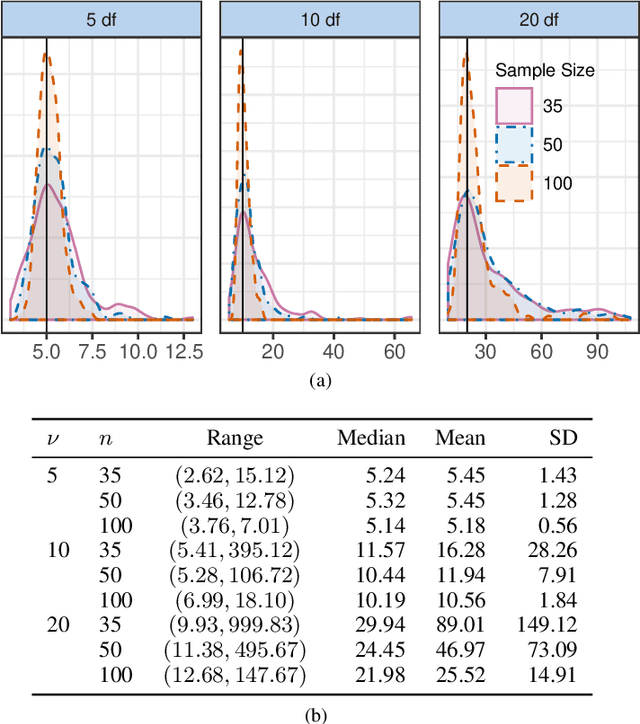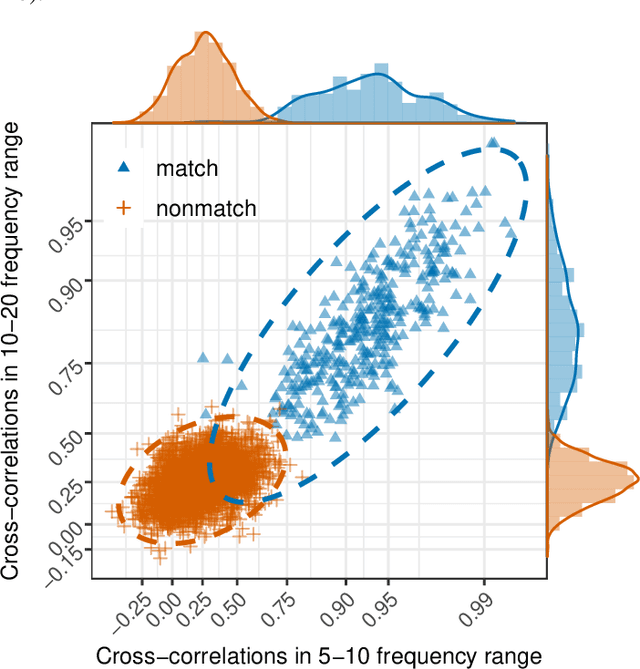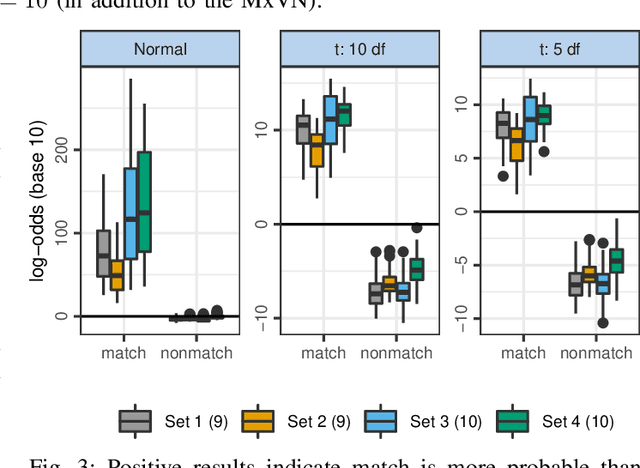William Q. Meeker
Reliability Analysis of Artificial Intelligence Systems Using Recurrent Events Data from Autonomous Vehicles
Feb 02, 2021



Abstract:Artificial intelligence (AI) systems have become increasingly common and the trend will continue. Examples of AI systems include autonomous vehicles (AV), computer vision, natural language processing, and AI medical experts. To allow for safe and effective deployment of AI systems, the reliability of such systems needs to be assessed. Traditionally, reliability assessment is based on reliability test data and the subsequent statistical modeling and analysis. The availability of reliability data for AI systems, however, is limited because such data are typically sensitive and proprietary. The California Department of Motor Vehicles (DMV) oversees and regulates an AV testing program, in which many AV manufacturers are conducting AV road tests. Manufacturers participating in the program are required to report recurrent disengagement events to California DMV. This information is being made available to the public. In this paper, we use recurrent disengagement events as a representation of the reliability of the AI system in AV, and propose a statistical framework for modeling and analyzing the recurrent events data from AV driving tests. We use traditional parametric models in software reliability and propose a new nonparametric model based on monotonic splines to describe the event process. We develop inference procedures for selecting the best models, quantifying uncertainty, and testing heterogeneity in the event process. We then analyze the recurrent events data from four AV manufacturers, and make inferences on the reliability of the AI systems in AV. We also describe how the proposed analysis can be applied to assess the reliability of other AI systems.
Classification with the matrix-variate-$t$ distribution
Jul 22, 2019


Abstract:Matrix-variate distributions can intuitively model the dependence structure of matrix-valued observations that arise in applications with multivariate time series, spatio-temporal or repeated measures. This paper develops an Expectation-Maximization algorithm for discriminant analysis and classification with matrix-variate $t$-distributions. The methodology shows promise on simulated datasets or when applied to the forensic matching of fractured surfaces or the classification of functional Magnetic Resonance, satellite or hand gestures images.
 Add to Chrome
Add to Chrome Add to Firefox
Add to Firefox Add to Edge
Add to Edge